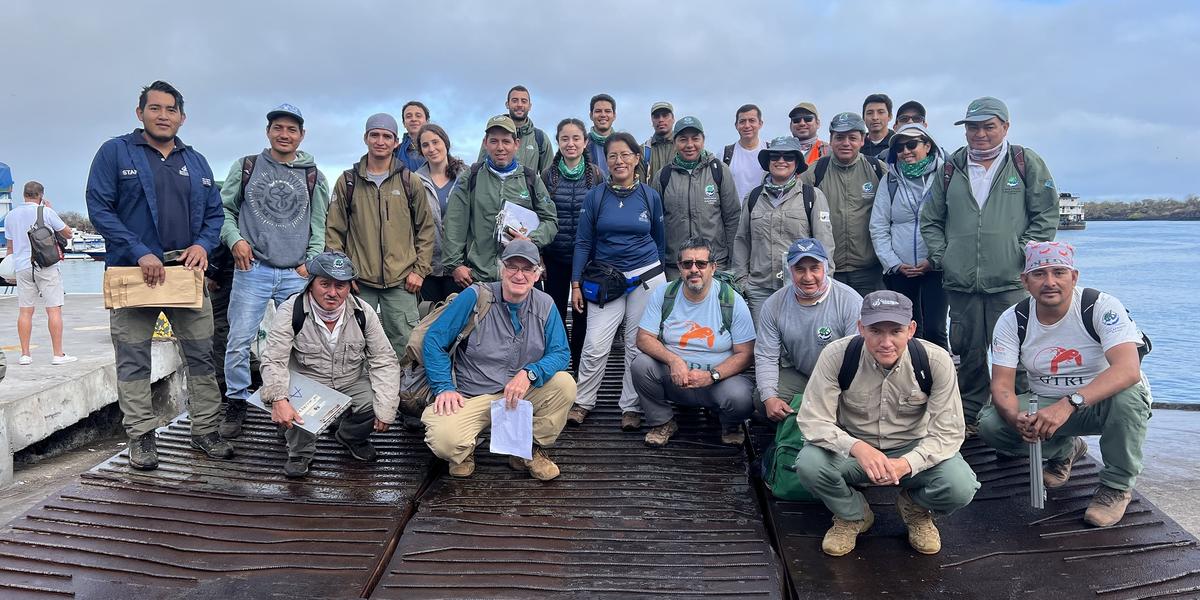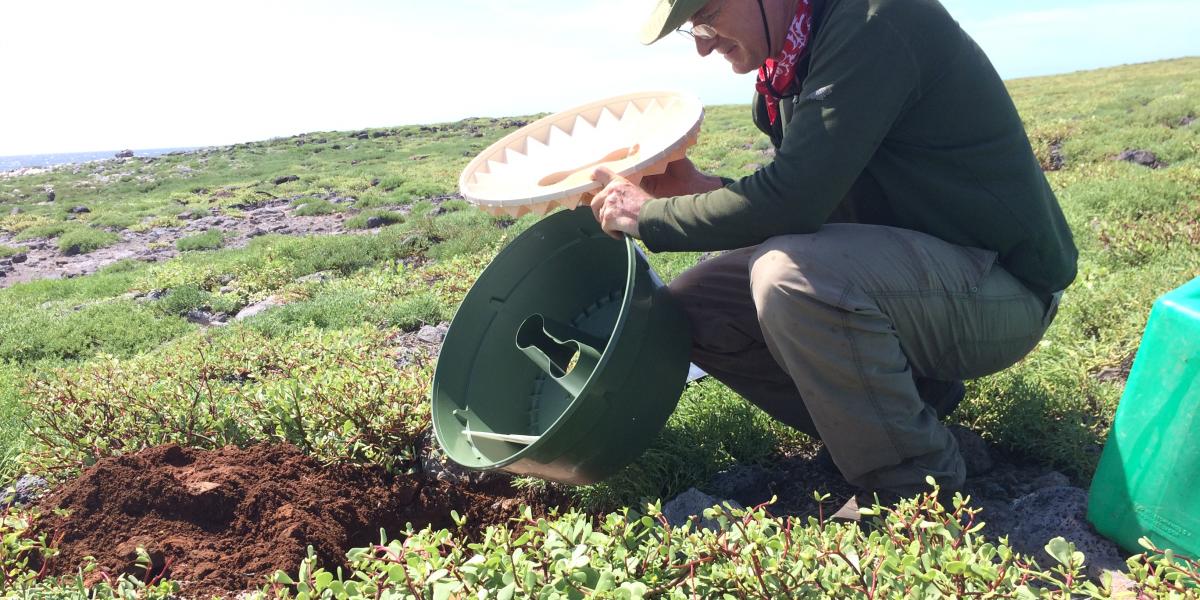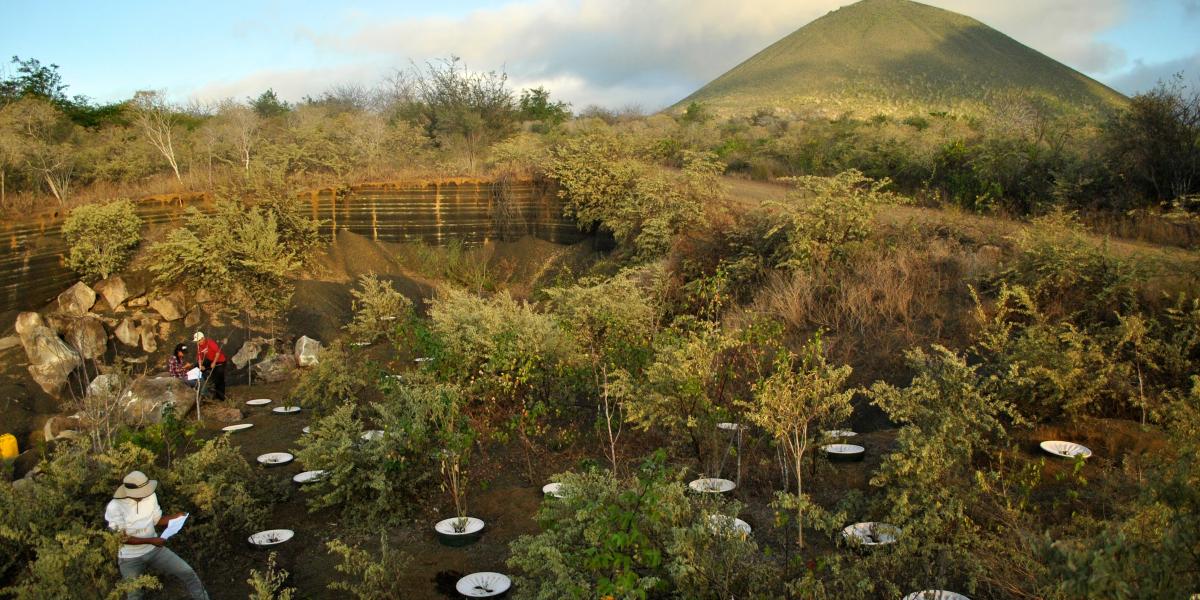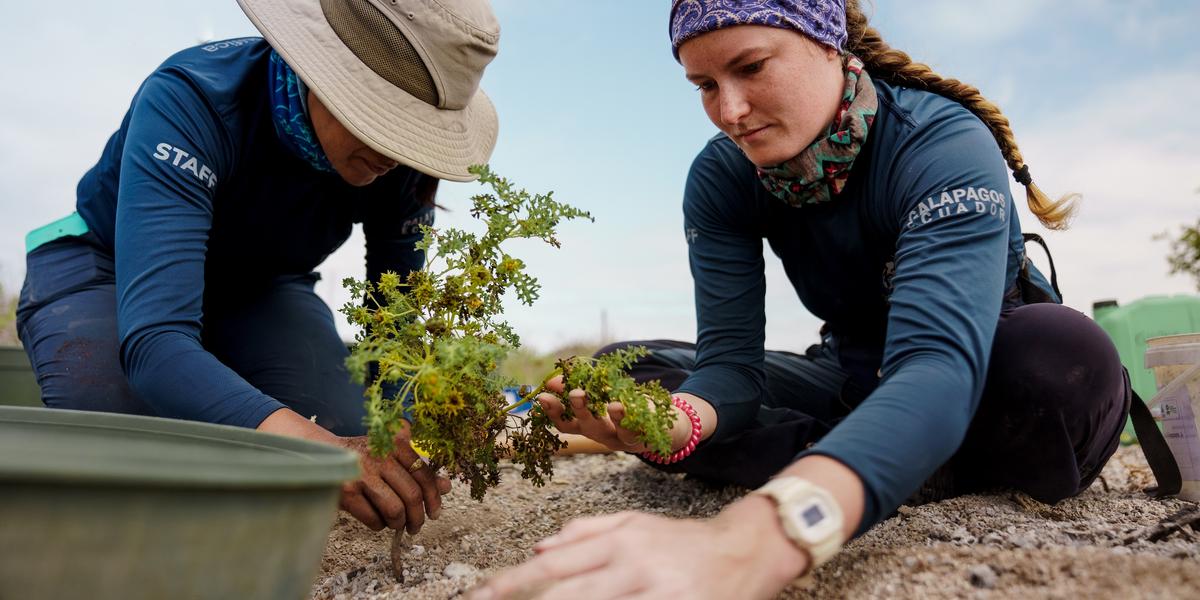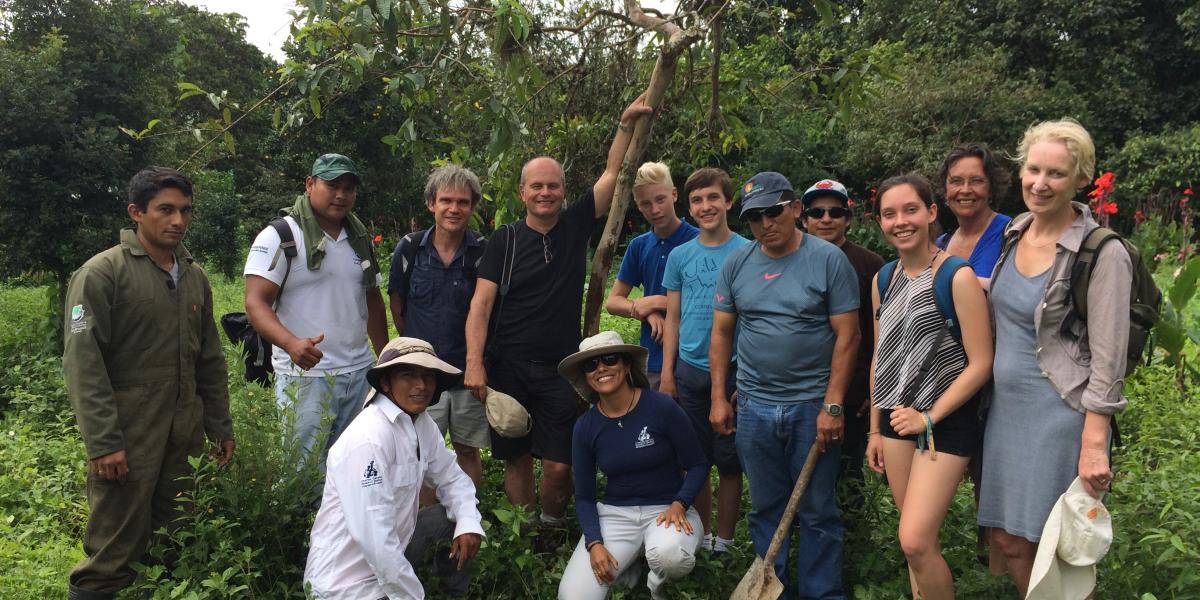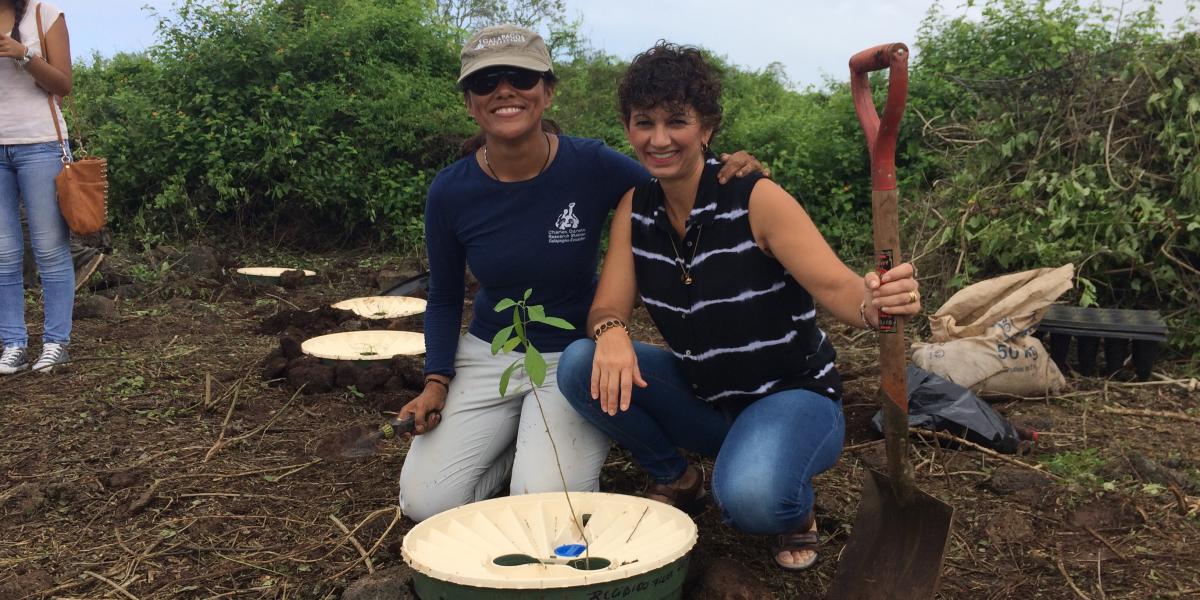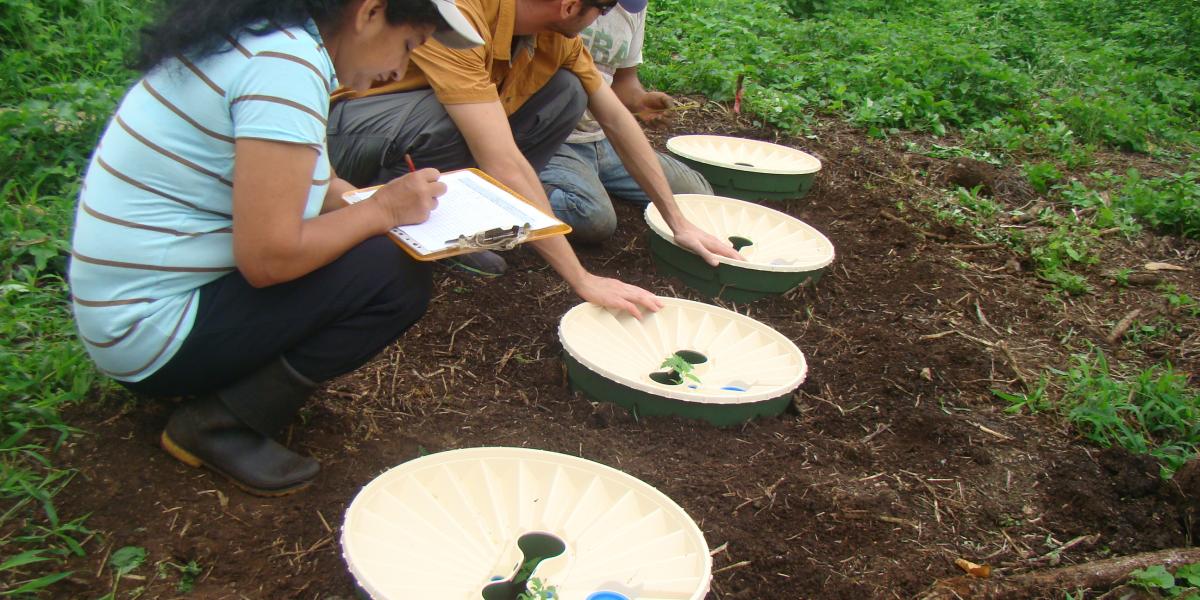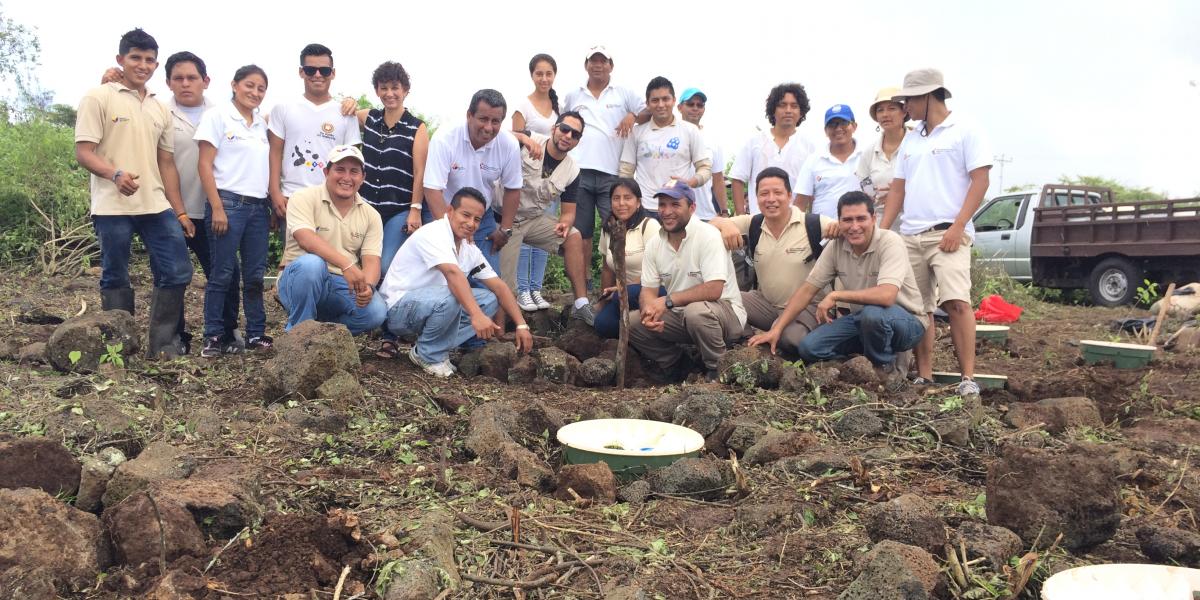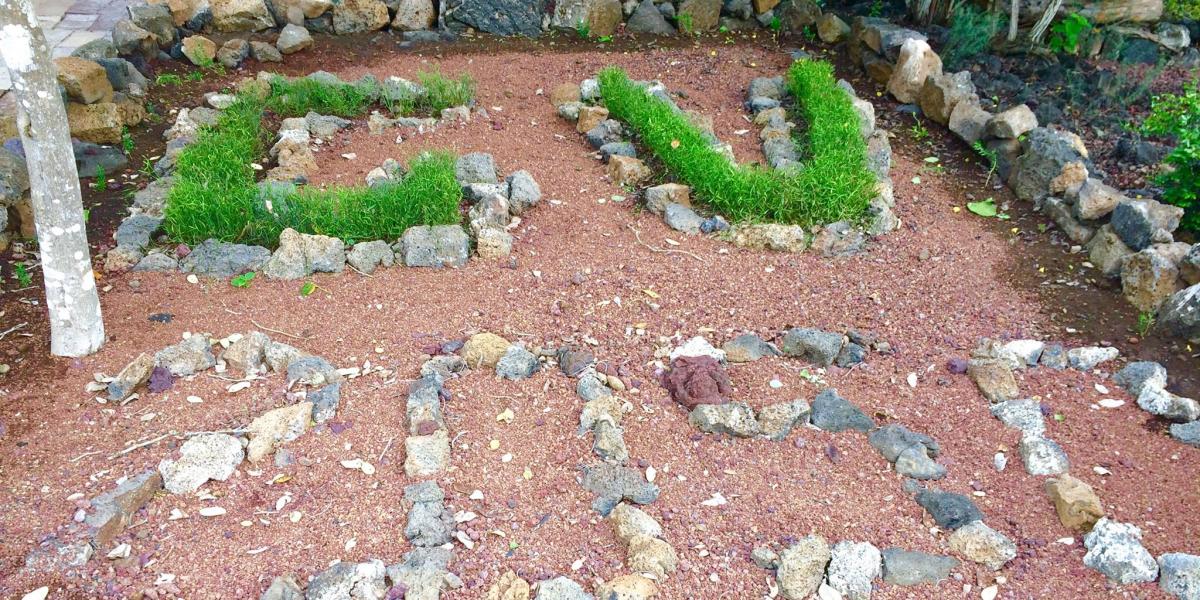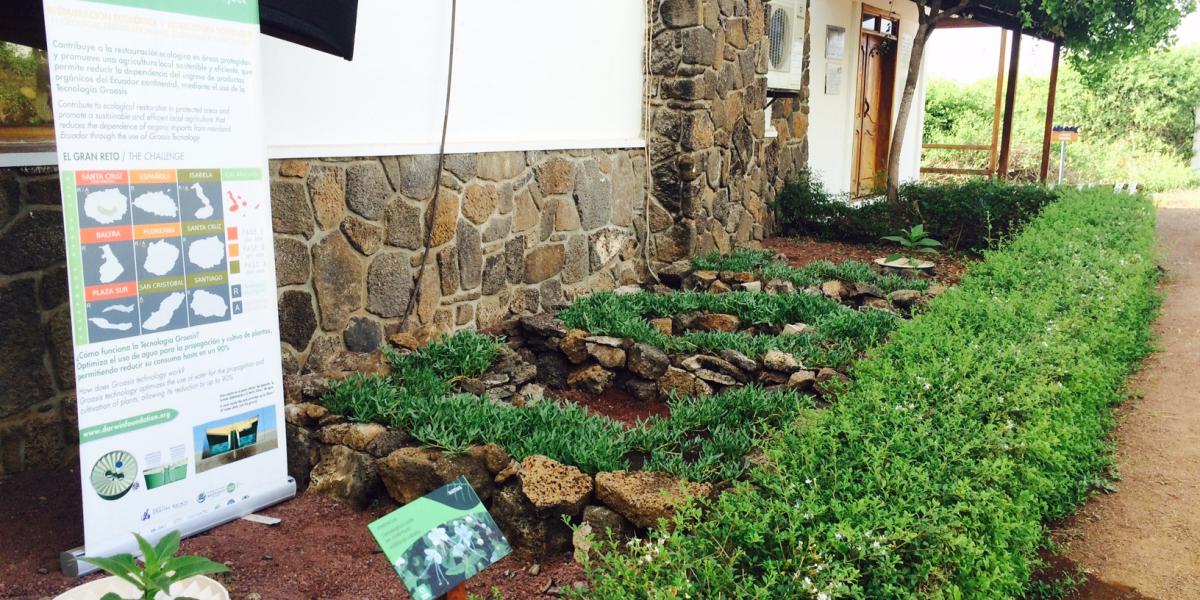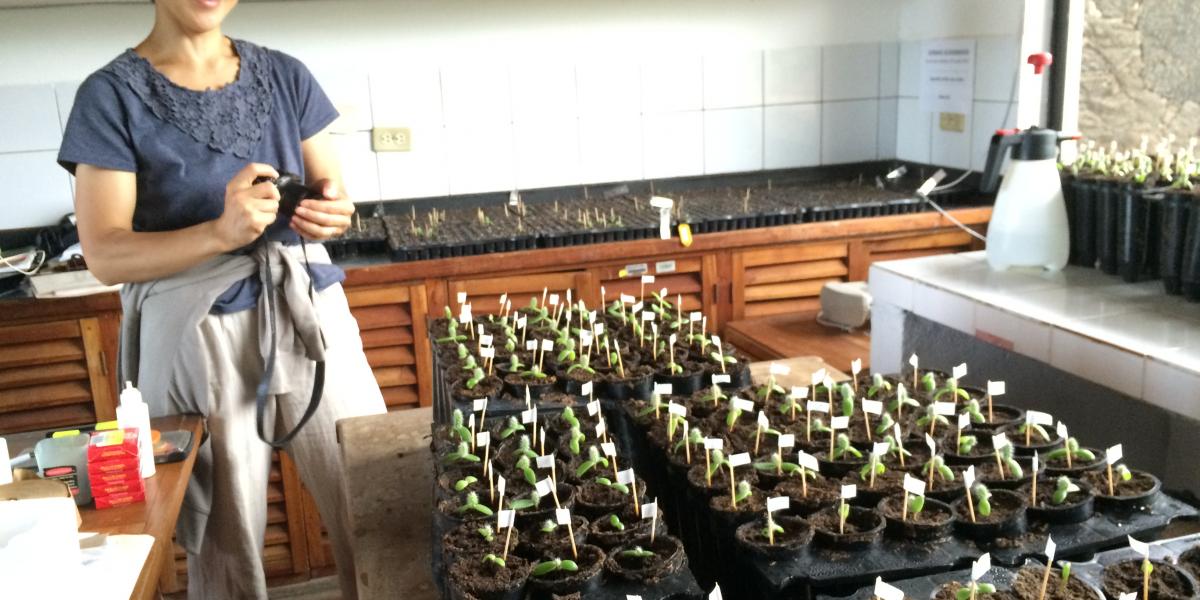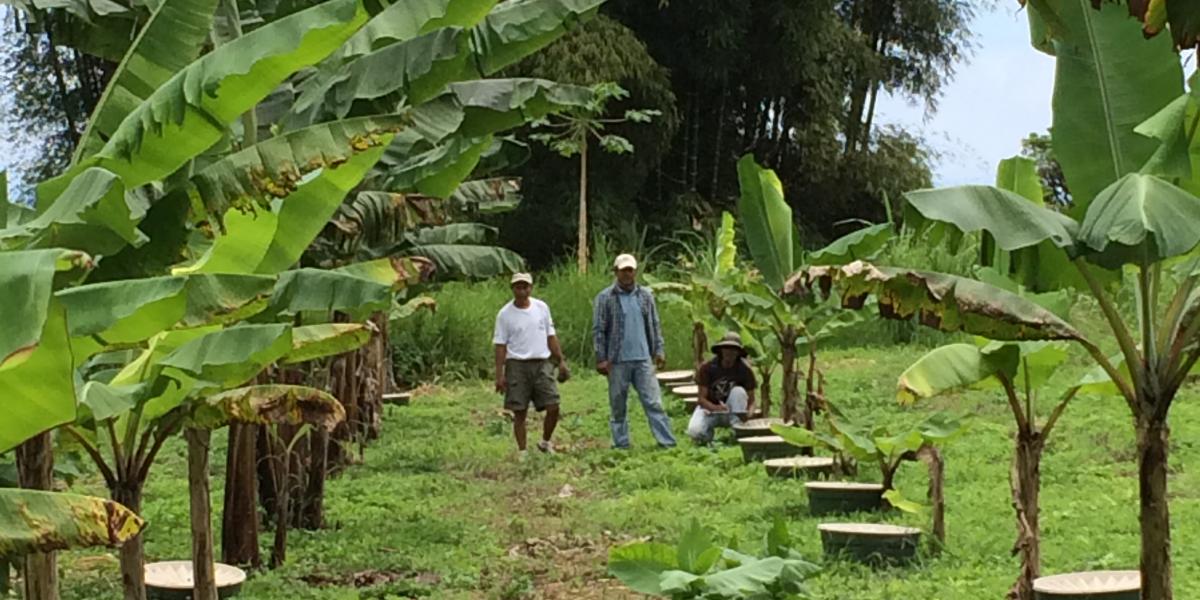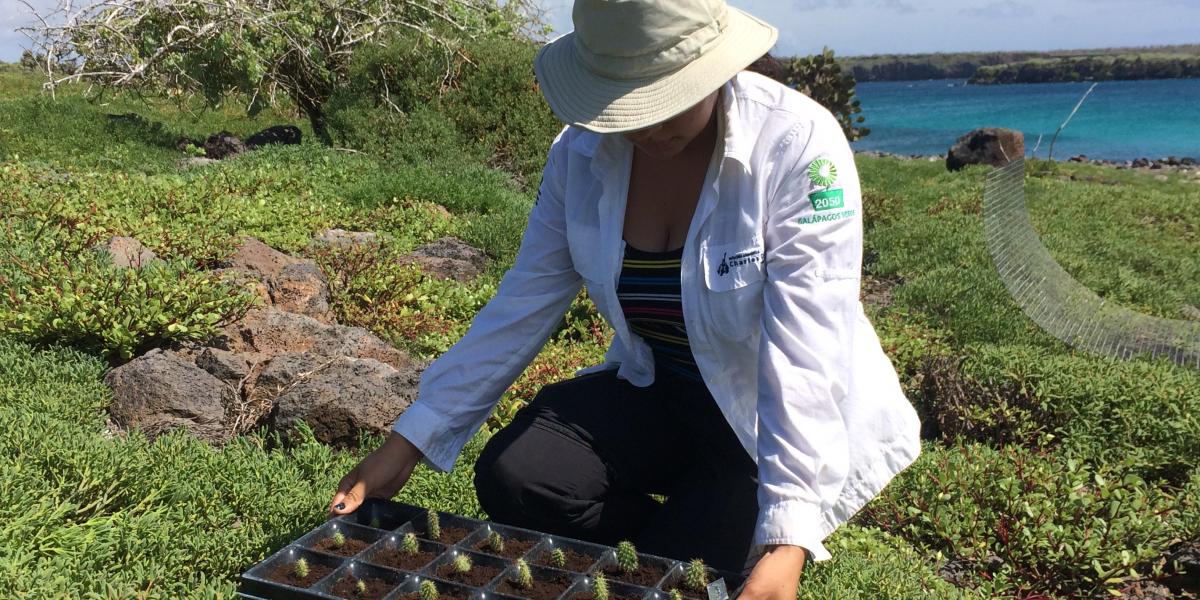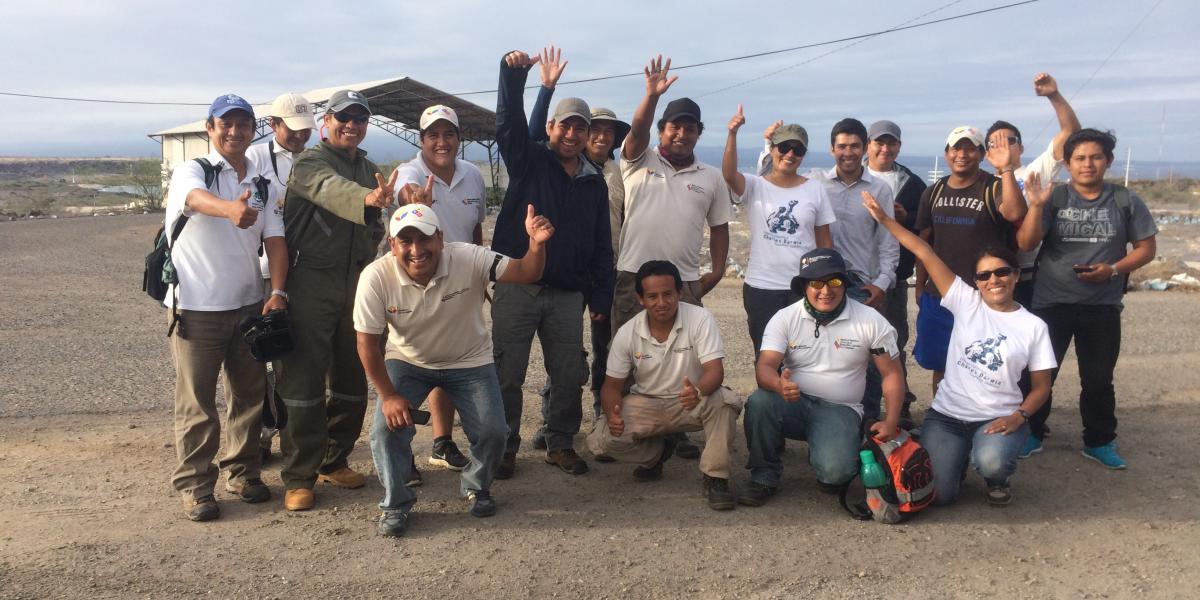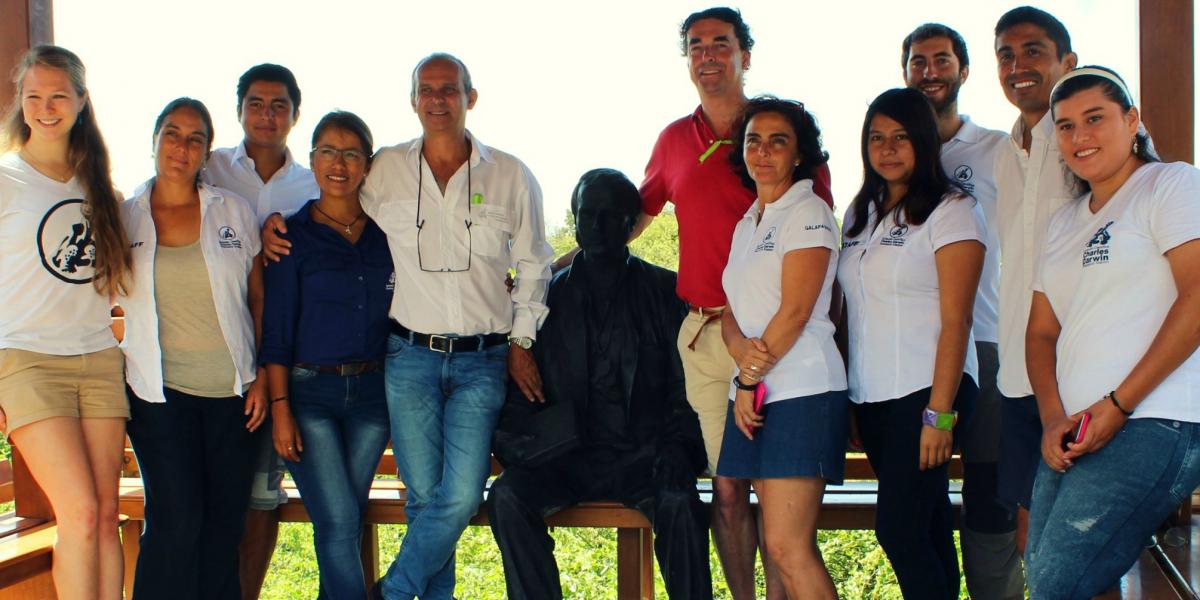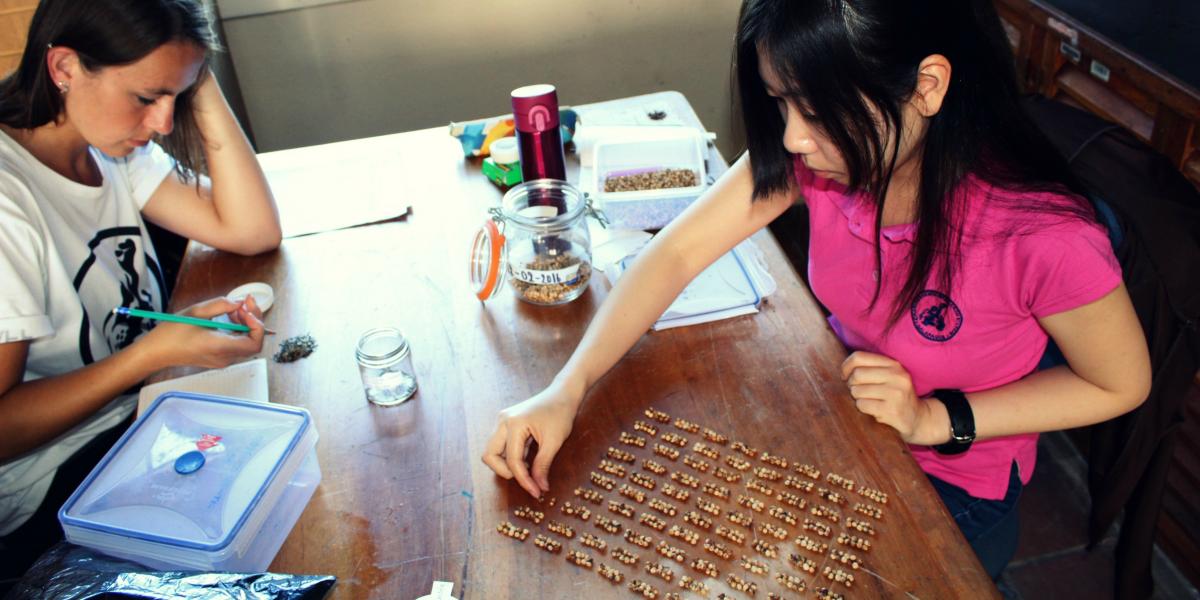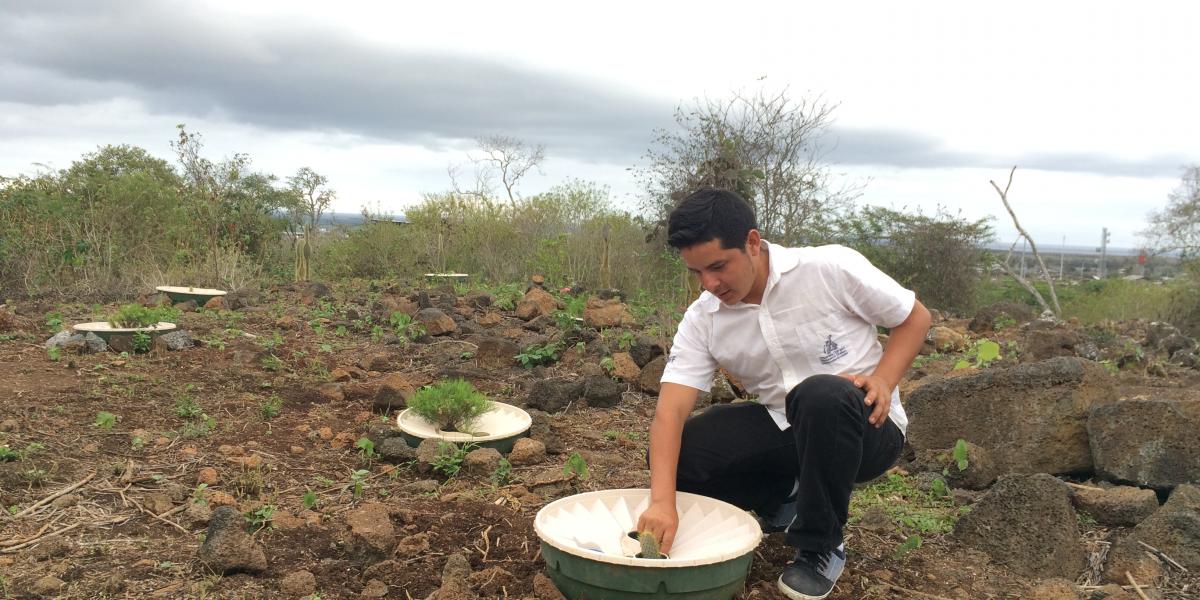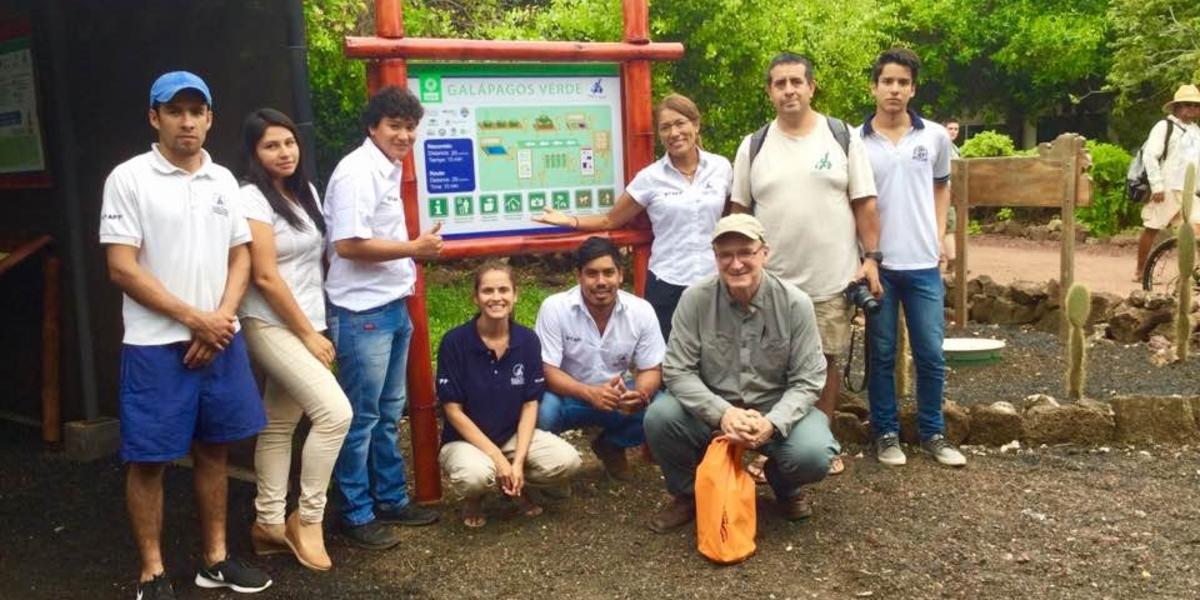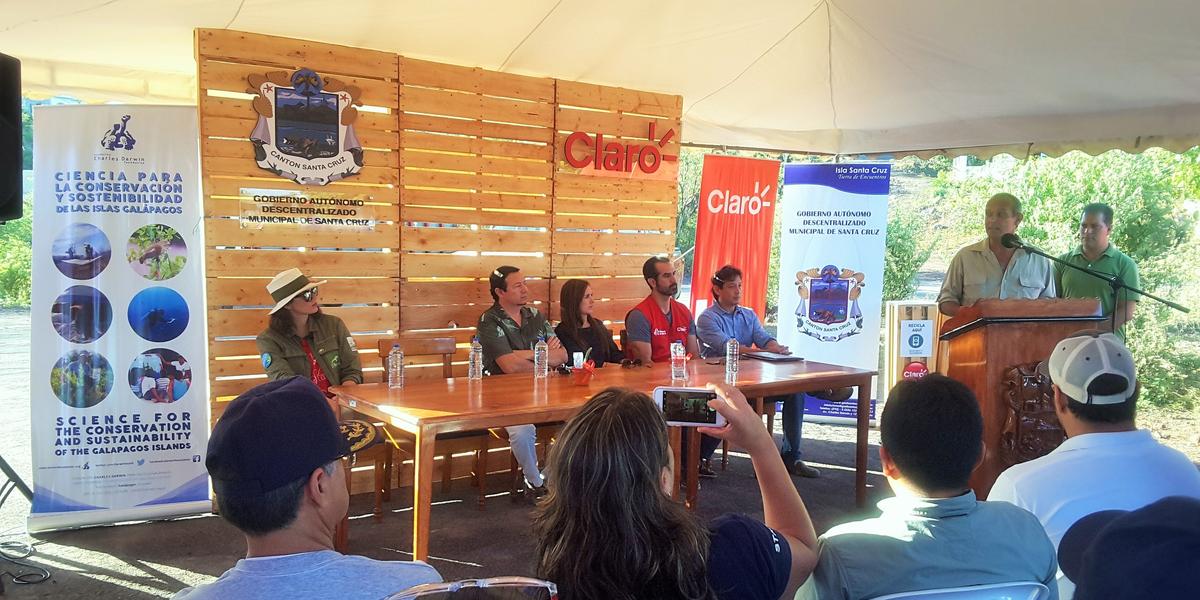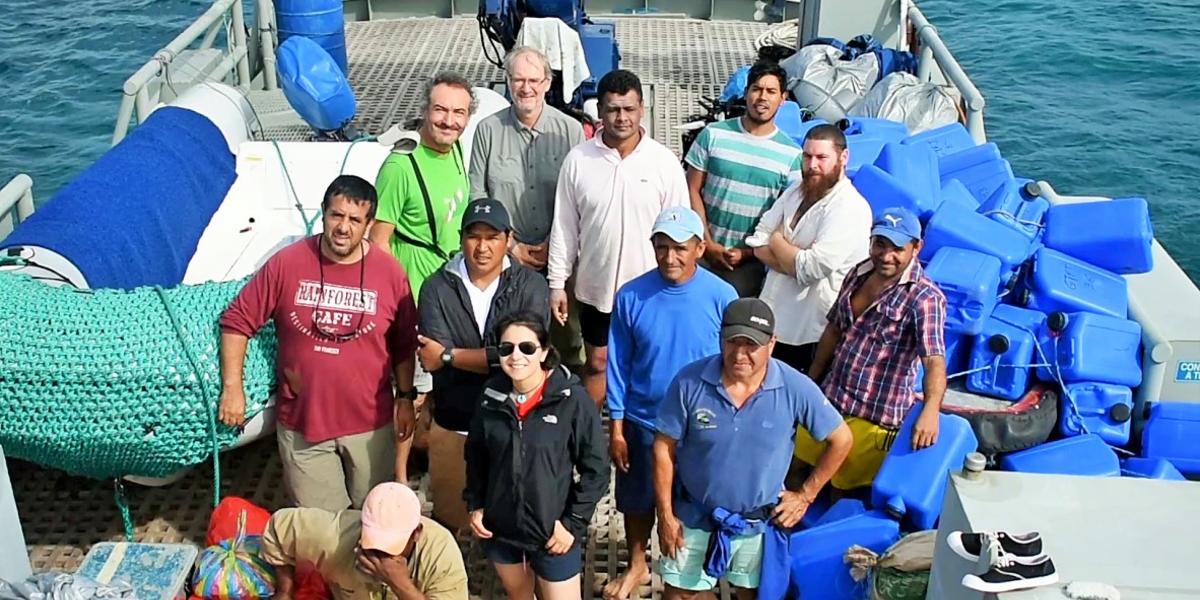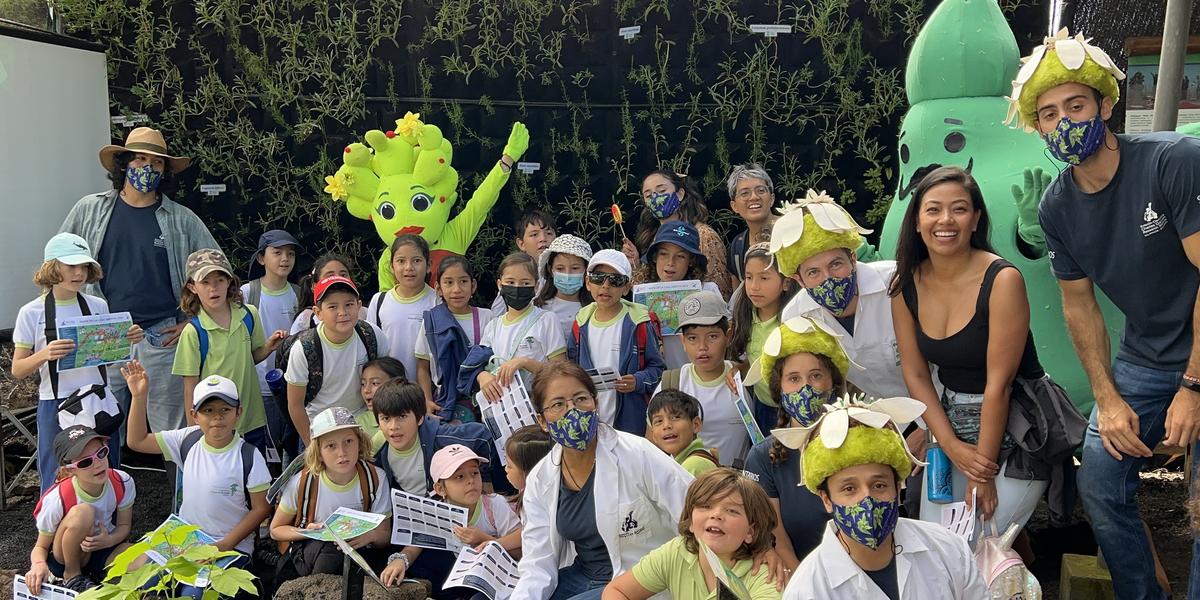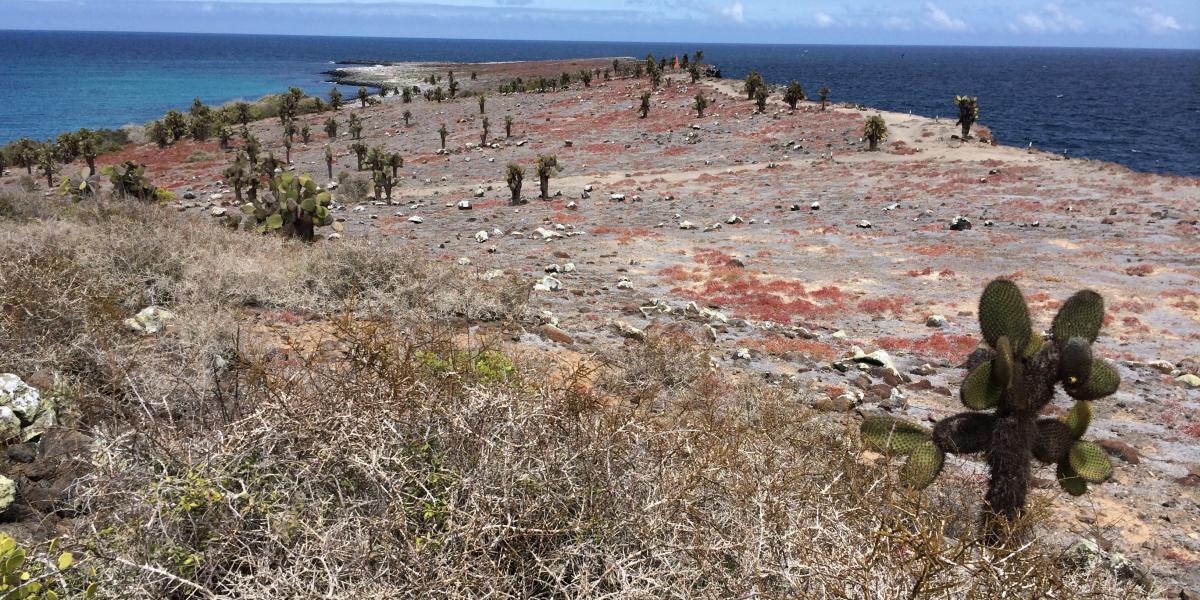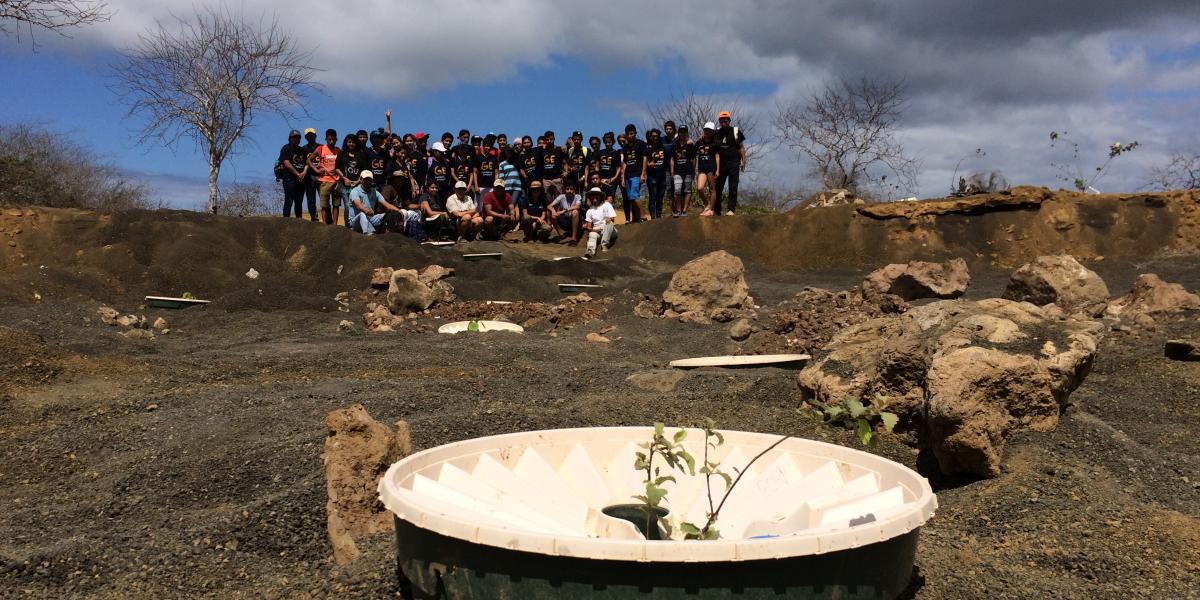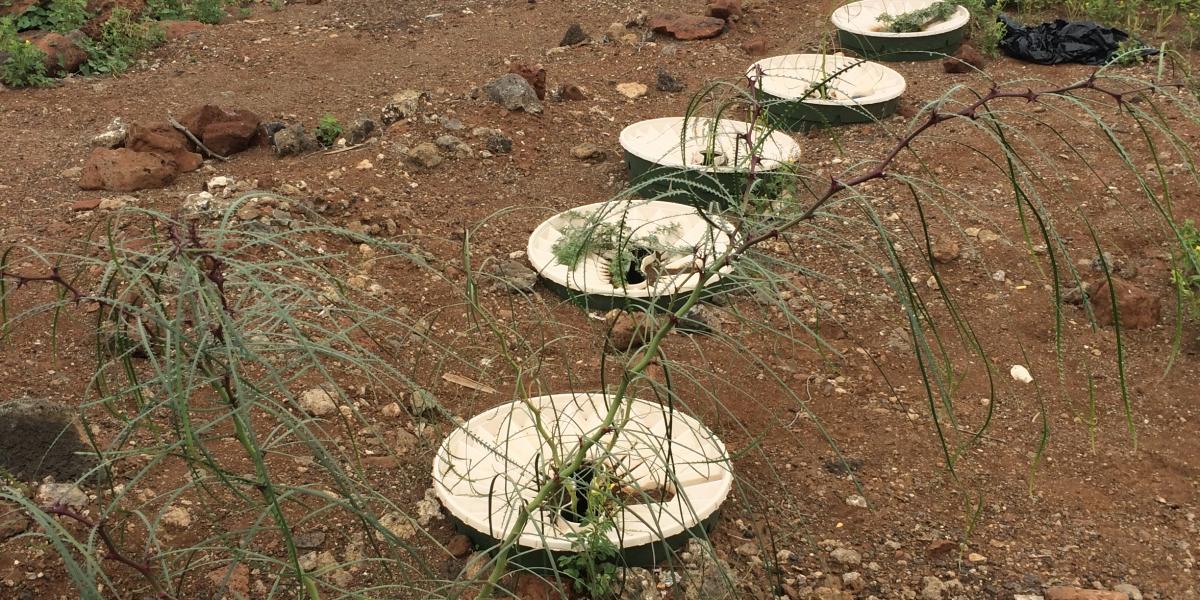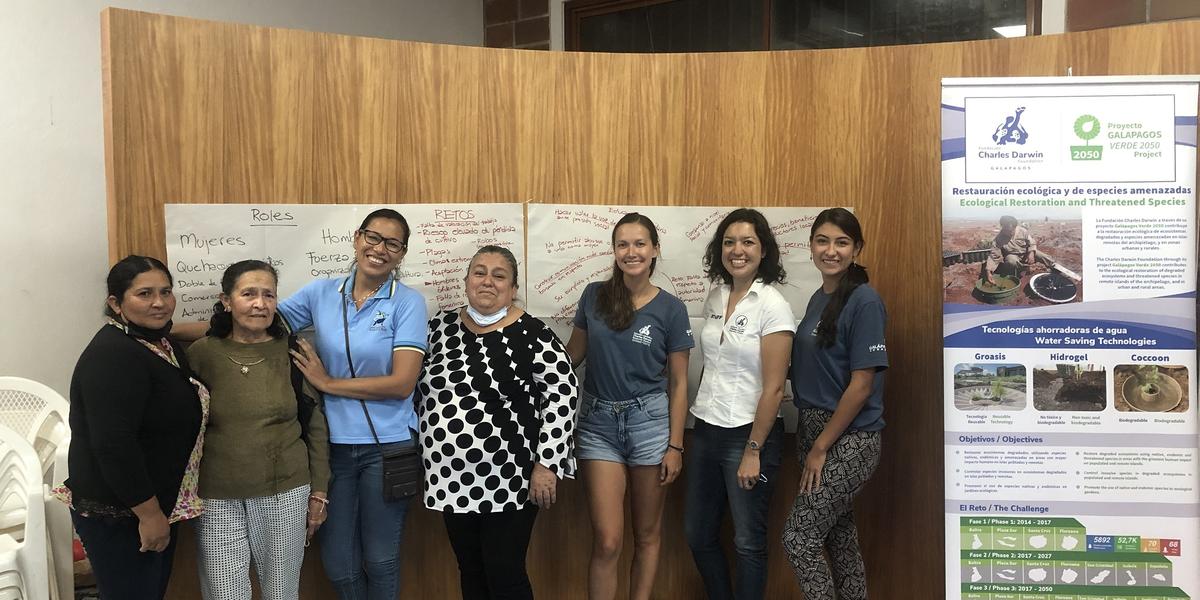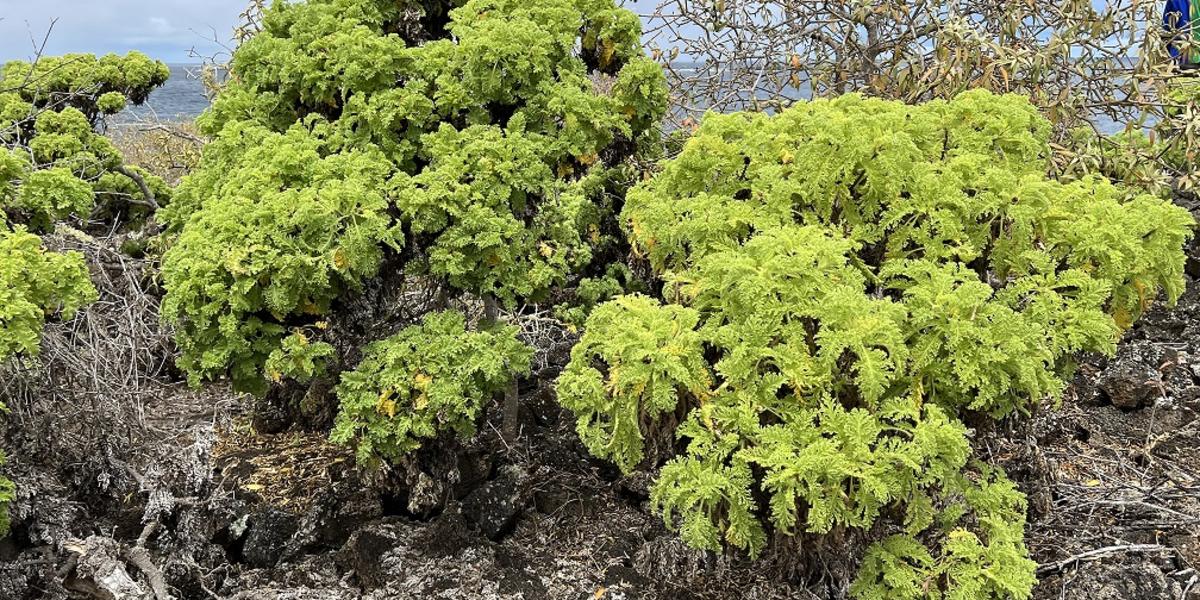Where is present Galápagos Verde 2050?
Baltra
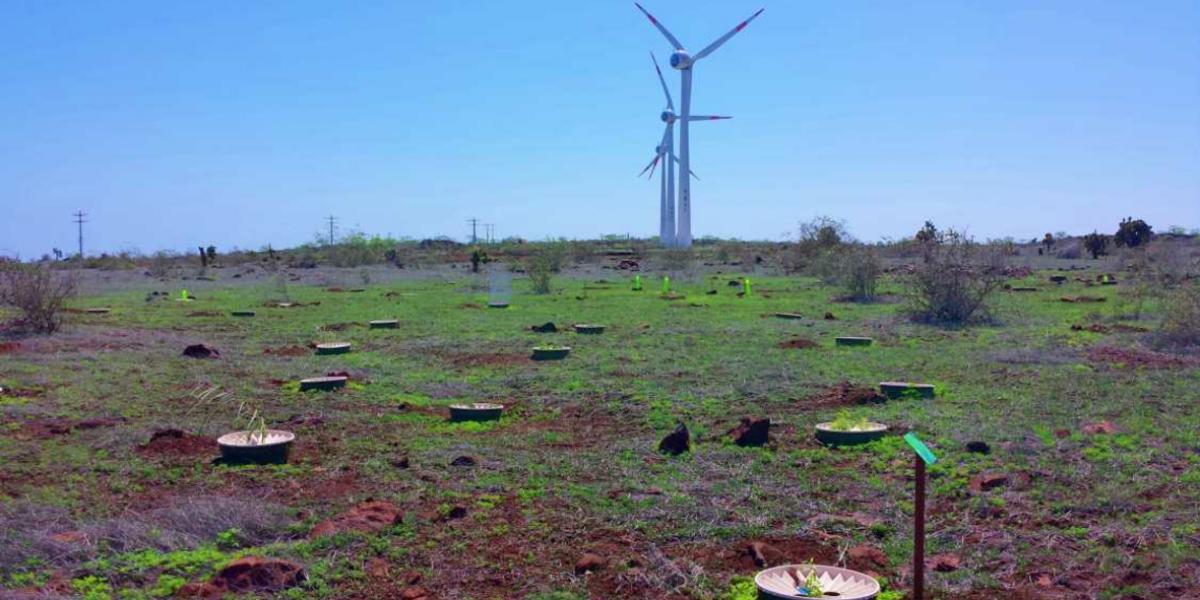
Restoring Baltra’s ecosystems provides an unique opportunity to apply principles and guidelines established by the Management Plan of the Protected Areas of Galapagos for Good Living. This plan...
Española
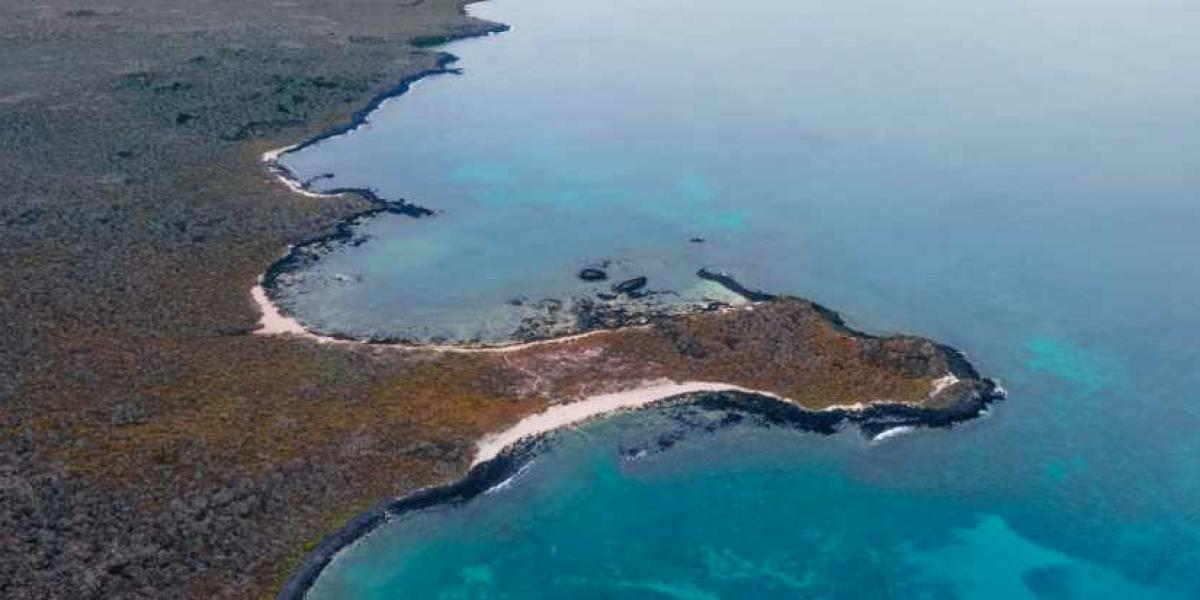
The Island of Española, located at the southeastern edge of the Galapagos Archipelago, is among the oldest islands within the archipelago at around 300 million years old. Due to its age and location...
Floreana
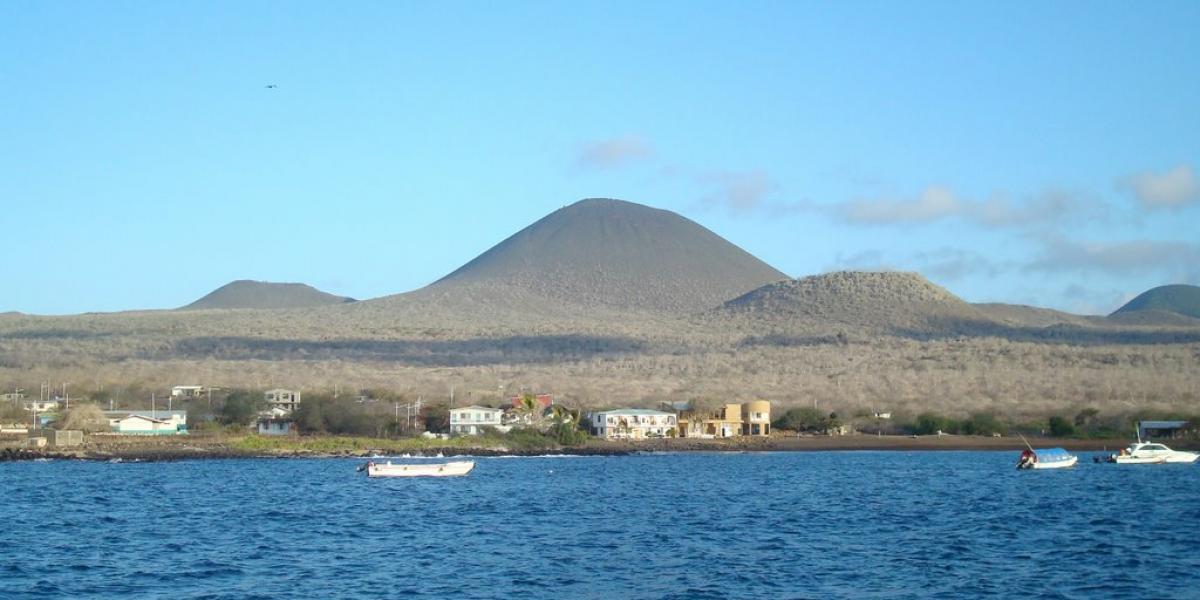
Floreana is one of four inhabited islands in the Galapagos Archipelago, and although the earliest record of human settlement was in 1807, it has never supported a large number of people. The current...
North Isabela
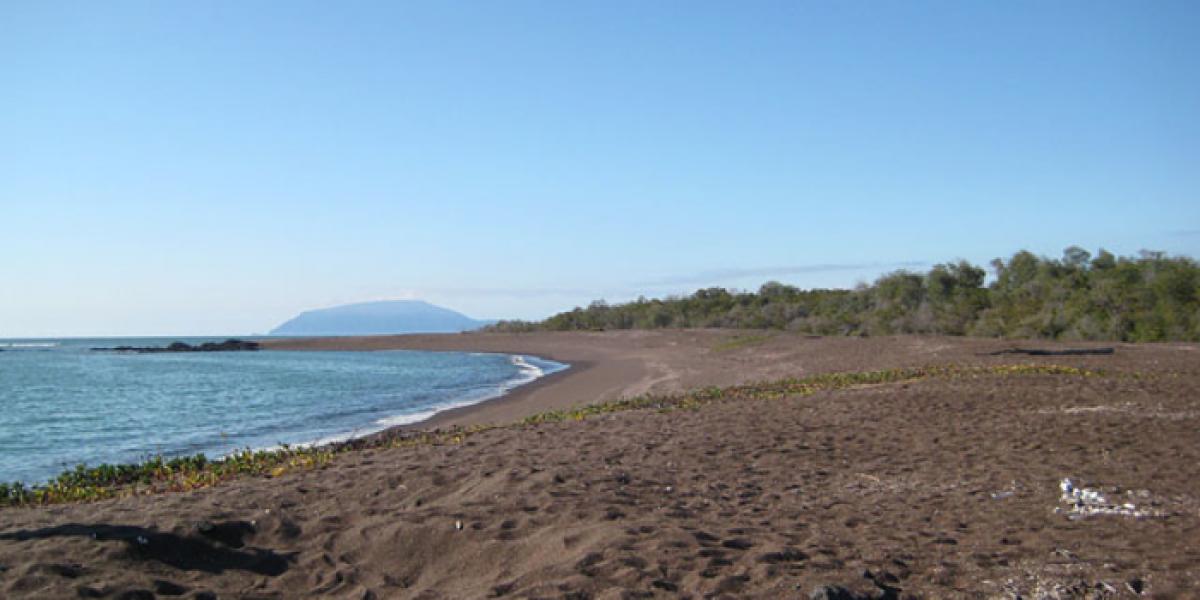
Isabela is the largest island in the archipelago, with an area of 4588 km², representing 60% of the total land in the Galapagos Islands. Isabela is one of the four inhabited islands, and hosts a...
San Cristobal
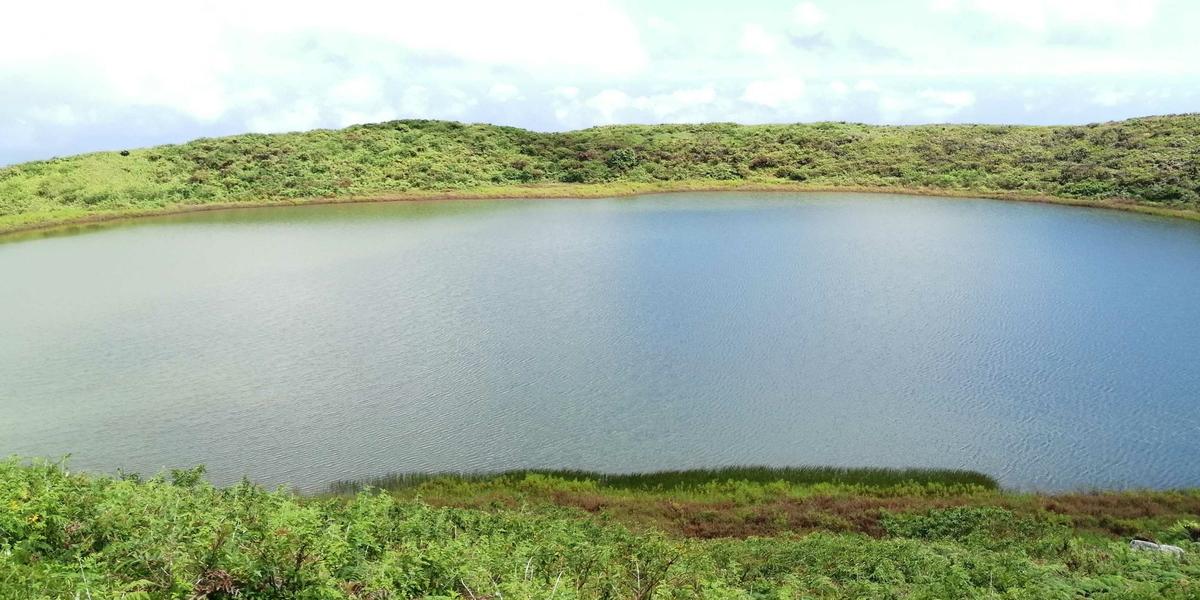
San Cristobal is the eastern-most island of the Galapagos Archipelago.The island covers an area of 558 km² and its highest point rises 730 meters above sea level. San Cristobal is...
Santa Cruz
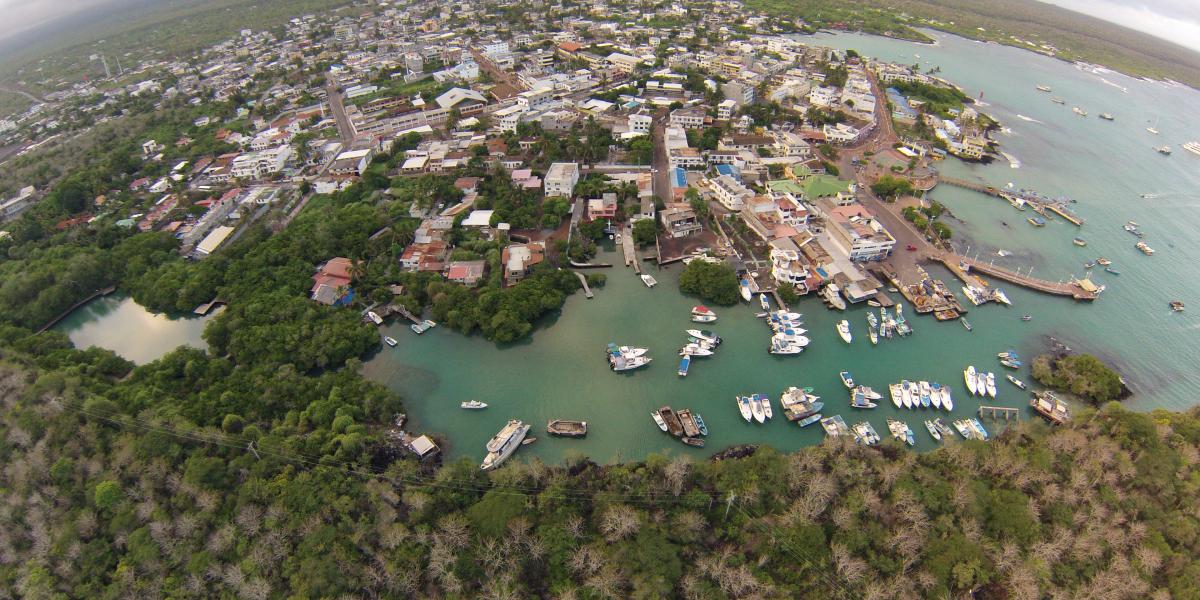
Santa Cruz is the second largest island after Isabela within the Galapagos Archipelago. It is located in the center of the set of islands, with an area of 986 km² and a maximum elevation of 864...
South Plaza
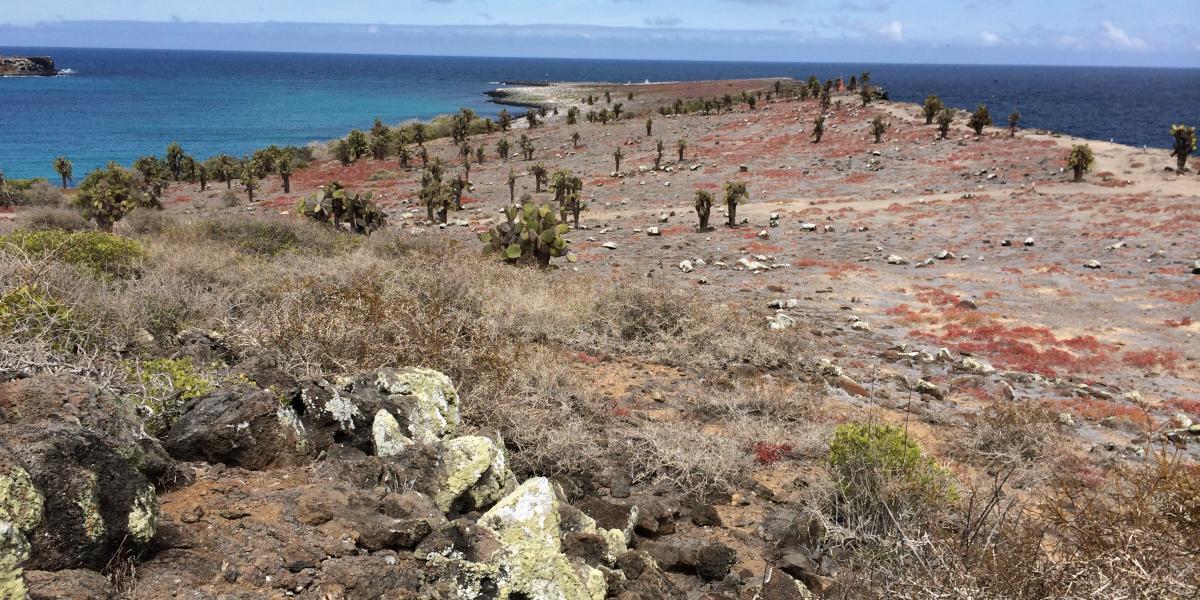
Plaza Sur or South Plaza has historically contained many prickly pear cacti (Opuntia echios var. echios), which is an important food source for animals such as the land iguana. However,...
Location on the map of sown plants:
 Donors:
Donors:

Partners:





